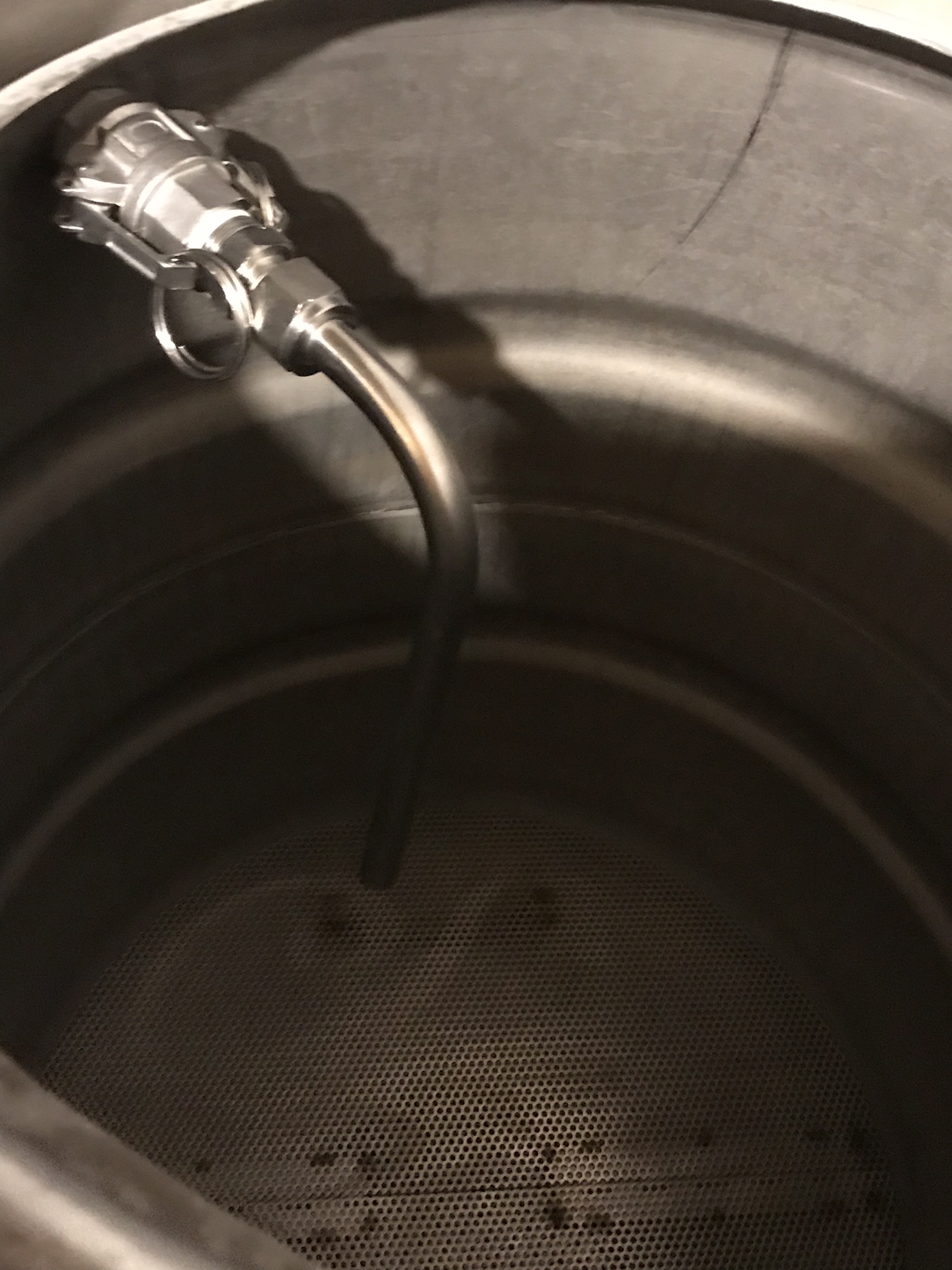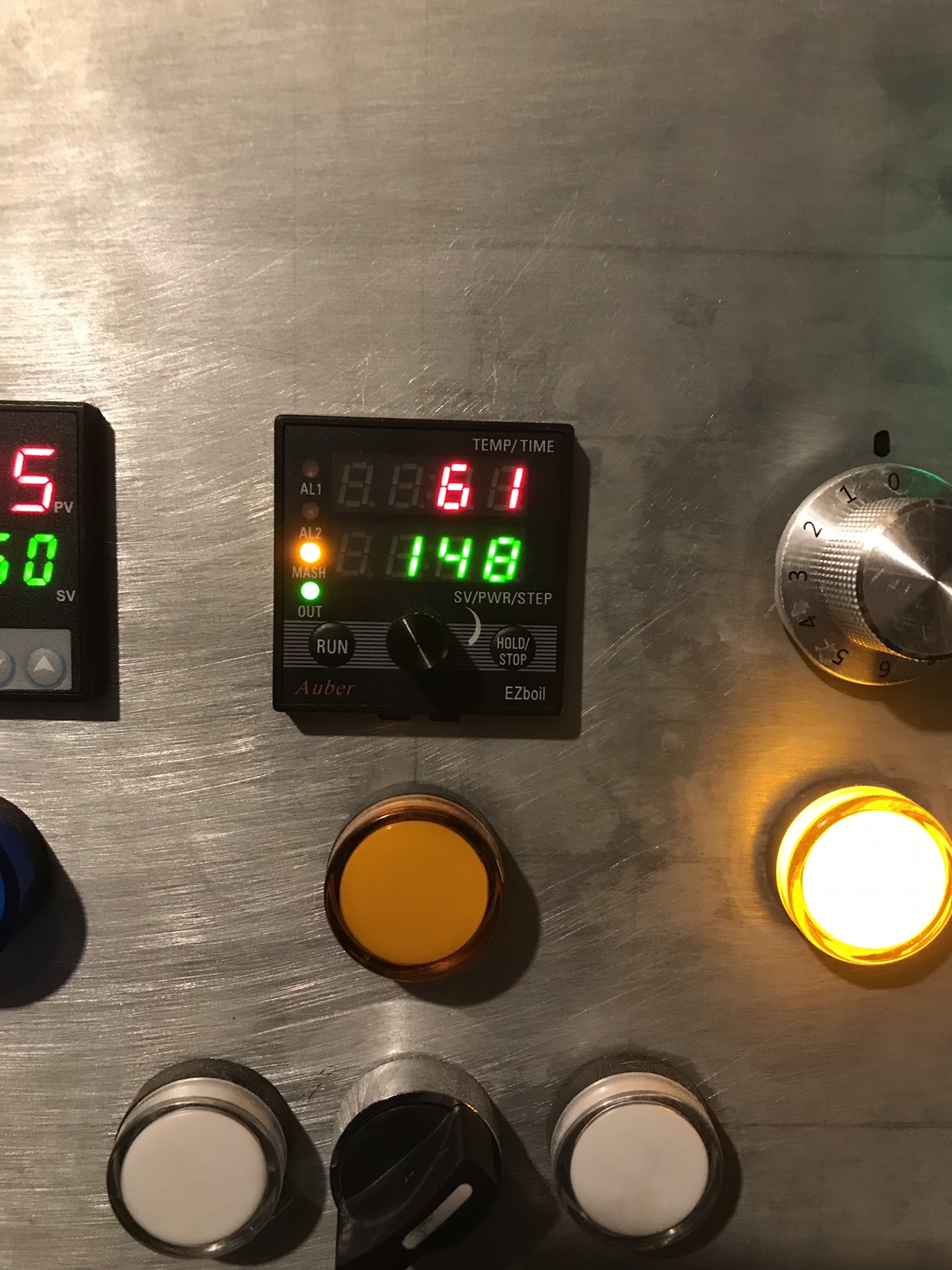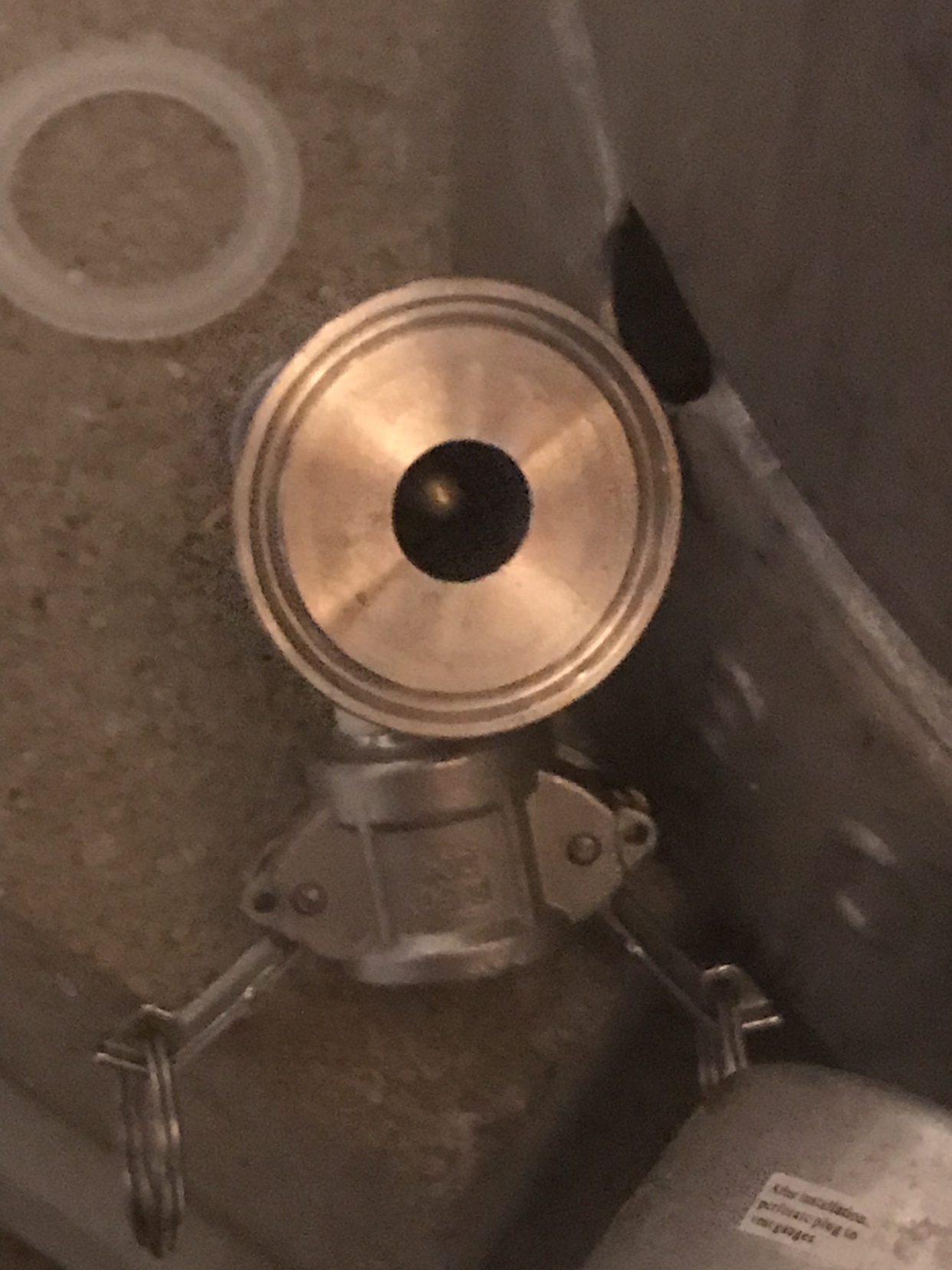So I’ve been using a Thrifty RIMS for about a year or so now. It works well with my EZBoil output set to 35%. The only catch was when going for mashout temps it could take over 20 minutes...
So after doing some research I got my hands on a 36” 1500 watt cartridge heater and cased it in 1.5” SS tri-clamp tubing.
The first time I used the new RIMS, I set the EZBoil output to 100% @ .75-1 GPM flow rate thinking the lower watt density would prevent any scorching... NOPE. It was bad... so after some hard scrubbing, cleaned the heater back up and tried again last night.
This time I set the EZBoil back down to 35%... I usually like to mash in 5-10 degrees below target so I don’t overshoot. I could never hit the target @ 35%— so I bumped it up to 60% after multiple increase-and-check-for-scorching checks.
This did okay for the mash... but couldn’t even get to 160F for ramping to mashout. So I bumped the EZBoil output to 80%... after 30 minutes of trying to hit 168F I gave up.
When I checked the element after all of this, I noticed some caramelizing; more than just the usual protein gunk, not enough to ruin the beer, but I wouldn’t try 80% output again I don’t think...
Anyone have any tips? I feel like this new RIMs should be dominating my setup, and so far, not so much...
So after doing some research I got my hands on a 36” 1500 watt cartridge heater and cased it in 1.5” SS tri-clamp tubing.
The first time I used the new RIMS, I set the EZBoil output to 100% @ .75-1 GPM flow rate thinking the lower watt density would prevent any scorching... NOPE. It was bad... so after some hard scrubbing, cleaned the heater back up and tried again last night.
This time I set the EZBoil back down to 35%... I usually like to mash in 5-10 degrees below target so I don’t overshoot. I could never hit the target @ 35%— so I bumped it up to 60% after multiple increase-and-check-for-scorching checks.
This did okay for the mash... but couldn’t even get to 160F for ramping to mashout. So I bumped the EZBoil output to 80%... after 30 minutes of trying to hit 168F I gave up.
When I checked the element after all of this, I noticed some caramelizing; more than just the usual protein gunk, not enough to ruin the beer, but I wouldn’t try 80% output again I don’t think...
Anyone have any tips? I feel like this new RIMs should be dominating my setup, and so far, not so much...













